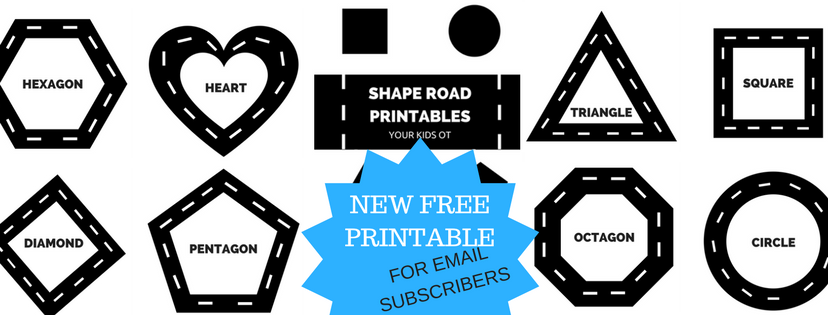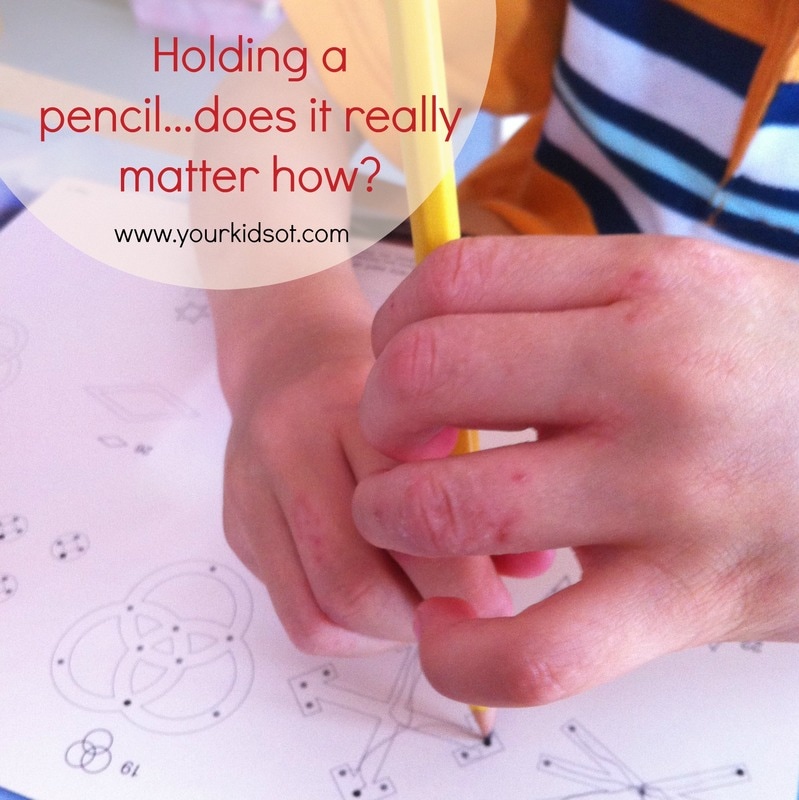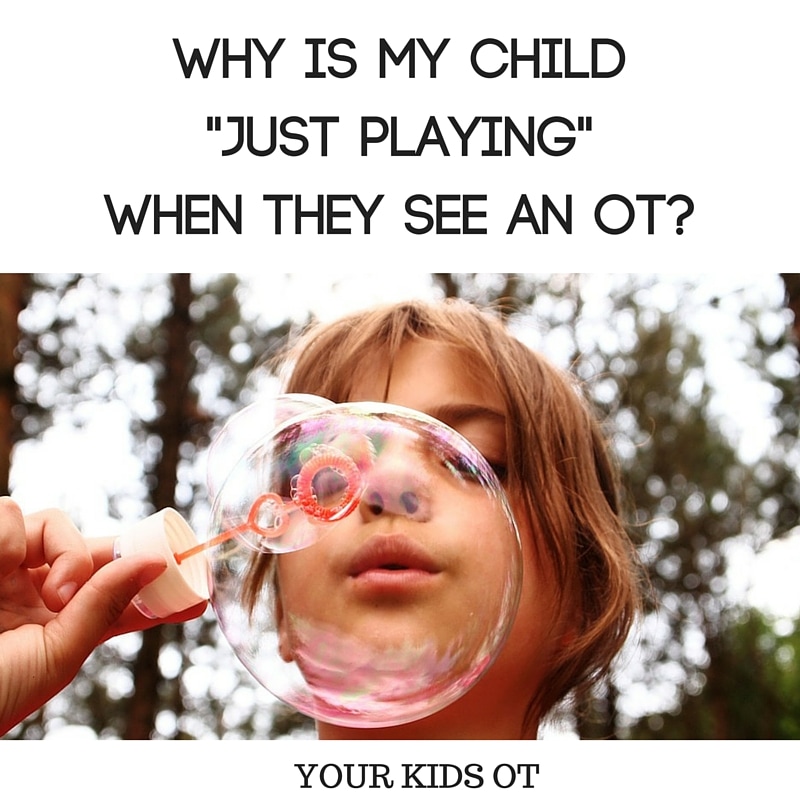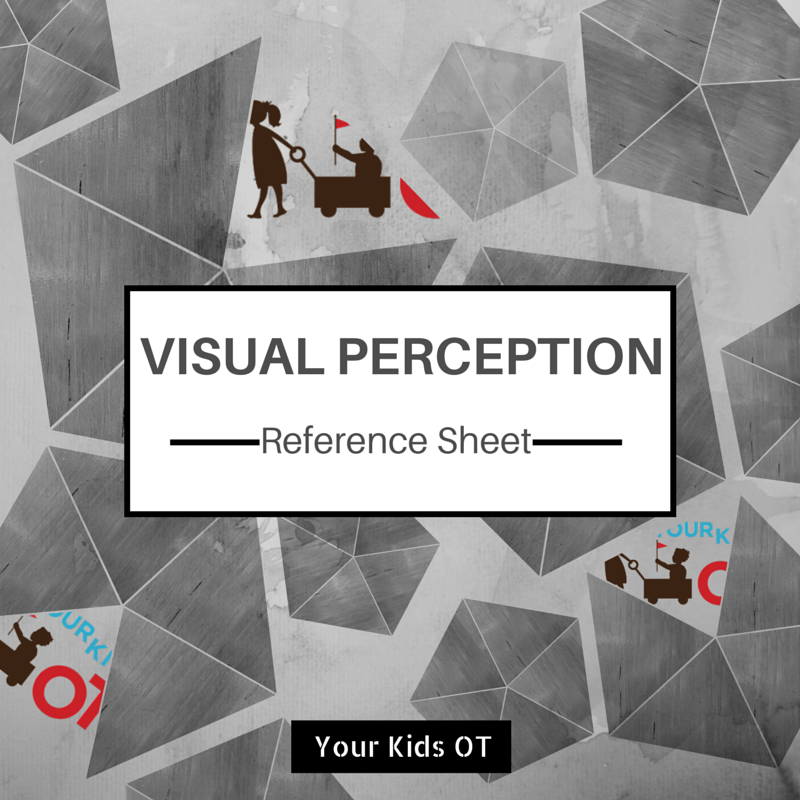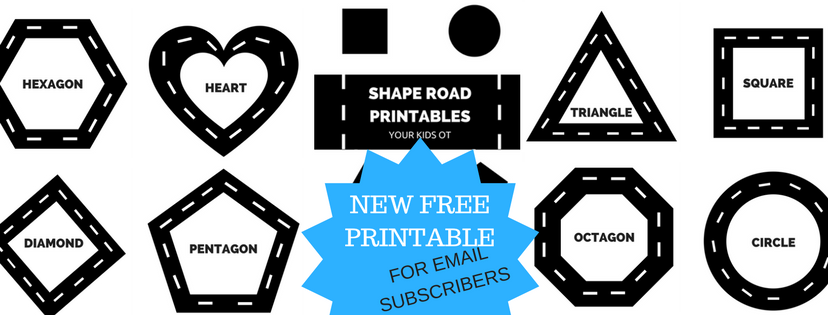|
Encouraging a tripod grasp and a child's interest in drawing can be difficult. As an occupational therapist, I am often asked to see these children to help them with their first steps in holding a "drawing implement" and to help them to make meaningful marks on the page. We use the term "tripod grasp" to describe a grasp of the pencil or crayon with three fingers of the hand (thumb, index and third finger). Ideally, movement and control of the implement also comes from the muscles of these fingers. By about 4 years of age, a child can be encouraged to use a tripod grasp. Not sure if your child is holding the pencil or crayon the way they should be? Refer to this article HERE which talks about developmentally appropriate pencil grasps, inefficient and functional grasps. Introducing "Effortless Art Crayons" by Two Sparrows Learning Systems. "Effortless Art Crayons" are a uniquely shaped crayon which was originally designed with input from an occupational therapist. They are short triangular shaped crayons that may be used at either end. There is also a small raised section in the centre which may be used to assist grip (but doesn't need to be). This unique shape works well for children of all ages. I found that the young OT kids whom I see (who are yet to develop a tripod grasp), held these crayons comfortably. I encouraged these children to "pinch" the crayon, although the triangular shape lends itself to be held with one finger on each surface (ie. a tripod grasp). There are six points of contact of the crayon to the page from the triangular ends, rather than the traditional one rounded end of a crayon promoting success in those beginning to marks on the page. The crayons glide along the page easily, which explains the "effortless" in the name of this crayon. Children do not need to exert much pressure onto the page which is really helpful if they have poor hand strength and poor control. Read about more tips for those who have difficulty with pencil pressure HERE. We also found that the crayons could draw a controlled thin line or a thicker shaded line (the "art" aspect of the crayon). My daughter, Miss 10 years especially enjoyed using these crayons to create! According to her, they are the "best crayons ever" as they give her the control that she would otherwise have from pastels or coloured pencils but with the shading and depth of colour of a crayon. {I have a feeling that I may have lost this set of crayons to her!} Two Sparrows Learning System is a family owned business owned by Nancy and Jason. Nancy is a former special education teacher. The company vision is to "create learning products for all ages and abilities that are intuitive, inclusive, and environmentally conscious in design". The "Effortless Art Crayons" are their first product and are hand made from 100% recycled crayons! This is a terrific initiative where old crayons are collected (and saved from being dumped in our environment) to produce these unique products. "Effortless Art Crayons" are currently only available for shipping in the USA, however follow Two Sparrows Learning Systems on Facebook or Instagram to be kept up-to-date with new products and initiatives. What is your favourite crayon for those developing a tripod grasp? Have you tried these?
Disclosure: This product was gifted to Your Kids OT for the purposes of a review. Reviews and endorsements of products will only be made based on my expertise and personal opinion; and deemed worthy of such endorsement. The opinions shared in sponsored content will always be my own and not that of the advertising company or brand. You may also like:
How to Use a Metronome to Increase Attention, Coordination and Motor Planning {Guest Post}31/7/2017
What a privilege to have another guest blogger with us today at Your Kids OT! I feel like I am a student constantly learning from others and love reading what other OTs are doing in their practice! Today on the blog, I would like to introduce Casey who is an occupational therapist whom I "met" on Instagram! She shares so many creative ideas! Today, Casey shares with us "how to use a metronome to increase attention, coordination and motor planning". Be sure to follow the links through to her you-tube videos which provide a great demonstration of her activity suggestions here! Have you used a metronome in your OT practice? Have you considered using it in the classroom or at home?
The metronome creates a beat. This beat can be utilized at various speeds providing auditory input for the neurological system to process. Creating a sensorimotor activity that uses the beat (clapping on beat, stomping a foot on beat, bouncing a ball against the wall on beat) causes the brain to process and communicate messages between multiple senses It makes the brain process all of the messages passing through to get in rhythm! Think about listening to a teacher, taking notes, while maintaining posture in a chair. Or listening to your coach tell you how to adjust your stance, while holding bat in proper position in the batter's box and readying yourself for the next pitch. Multiple avenues of brain communication are needed to complete these tasks in congruence. What better way to exercise the attention, focus and motor needed to do this than to add some rhythmic auditory input. Here are some examples:
What I love about this - is it is so easy to implement! This is not just an idea for therapists! Parents, teachers, paras... anyone working with kids YOU can try this too. I love implementing these activities for brain gym/brain breaks to stimulate the body and brain! They would be great activities to do during the school day or before homework! I hope this inspires you and gives you a fresh idea to implement in your home school or therapy session! Ready to Grow - Casey
You may also like:
Today on the blog, I would like to introduce Kim who is an occupational therapist whom I "met" on Instagram! She shares her favourite toy and activity ideas to support learning through play on IG and her website Preferred Therapy Toys. Kim is sharing with us about "ocular motor skills" and she has some wonderful activity suggestions to address these skills! I'm looking forward to trying these out with my OT kids this term! Thanks so much Kim for sharing this with the YKOT readers! As an Occupational Therapist working in the school setting, we support many children with their ocular motor skills, as these skills are important for reading and writing development. Ocular motor skills are your "eye movement skills" including:-
I also like to look at "visual fixations" - ability for eyes to maintain visual attention to a stationary item. In the school environment, ocular motor skills are important to address because they are foundational skills for visual motor skills (hands and eyes working together to complete tasks) and also are essential when reading, writing and copying from the board. If your child seems to be having difficulty with their vision/eye skills, I would first recommend having their vision checked by an optometrist or ophthalmologist, to rule out the need for glasses/acuity issues. Here are some activity ideas to work on ocular motor skills; some of these activities address visual motor skills as well, as they often go hand in hand. 1. Popsicle Stick Reading - Put different colored circle stickers, or draw circles with different colors down a popsicle stick (see picture below) and have student hold this vertically. They can say the colors they see in order from top to bottom, you can also then turn the stick sideways and read from left to right. Try to have kids keep their head straight and not use their finger to hold their place (only hold finger at tip of popsicle stick). You can work up to letters or even sight words as well with this activity and start with wider popsicle sticks and move to thinner popsicle sticks. 2. Ball activity with letters on ball - Get an inexpensive medium sized ball (I usually get mine at the dollar store) and write letters on it (see picture below). Put a target on a wall (could mark an X with painters tape or use a large sticker) and have your child toss the ball with both hands to hit the target. Then when he/she catches the ball, say the first letter they see. you can also use the ball to have the child move the ball to find the letters of the alphabet in order. This activity works on visual motor skills with tossing/catching the ball as well as visual fixations and saccades. 3. Scarf Toss/Catch, Popping Bubbles, Balloon Volleyball - These fun activities are great for younger kids or children that have trouble with ball skills. These activities work on visual tracking and visual motor skills/eye-hand coordination in a play based environment. 4. Alphabet or Number Sequencing Activities - I love using the alphabet or numbers, either by using puzzle pieces or putting numbers/letters on sticky notes and spreading them around on the wall (or floor for puzzle pieces). I then have my students find these in order. This works on visual scanning and sequencing. 5. Slap Tap Game - This is a fun yet tricky game that takes some motor coordination as well. Movements are complete in correlation with the letter presented: p - right arm up b - stomp right foot q - left arm up d - stomp left foot These letters are then placed in rows and students complete these together reading from left to right i.e.: p b q d d b p q You can also make also make it trickier and do two body part motions together (see picture below) or you could incorporate music with this activity. 6. Ipad/Tablet apps -
8. Worksheets - Mazes, dot to dots and word searches are great activities for working on visual motor and ocular motor skills. There are many free printable worksheets available in these areas. Accommodations - Accommodations are supports that help your child to complete a task more easily with use of adaptive strategies. If your student has trouble with copying information from the board, offer copying from near point instead and use a marker item to hold place when copying (ie. eraser, paper clip, tongue depressor). When reading, you can have your child use their finger or index card to help with keeping place. I hope this information has been helpful and that you have found some new activity ideas for ocular motor development. :) By Kim Heyer (OTR/L)
You may also like:
|
AuthorHi, I'm Cindy and I am an Occupational Therapist. I enjoy working creatively with children to see them reach their potential. Read more about me here. SEARCH THIS SITE
Archives
June 2024
Categories
All
Popular Posts |
Join the YKOT e-newsletter!
Subscribe to get our latest content by email and receive
the SHAPE ROADS PRINTABLE NOW!

Success! Now check your email to confirm your subscription and receive your free printable!
Join our Mailing List!
Subscribe to get our latest content by email and receive
the SHAPE ROADS PRINTABLE NOW as a thankyou!

Success! Now check your email to confirm your subscription and receive your free printable!
Disclaimer: The information on this site is general in nature and should be used for educational and entertainment purposes. The activities are safe for most children, however, you should consult an Occupational Therapist or health professional to address specific movement, sensory or other medical conditions. This blog does not replace formal therapeutic professional advice given by a health professional or medical practitioner. Reviews and endorsements of products will only be made based on my expertise and personal opinion; and deemed worthy of such endorsement. The opinions shared in sponsored content will always be my own and not that of the advertising company or brand. Content, advertising space or posts will be clearly identified if paid, affiliated or sponsored. Affiliate links may be found throughout this website in advertising. This means that if you follow through with a purchase from these links, Your Kids OT will receive a percentage of the sale. Your Kids OT undertakes to meet the requirements of the "Social Media Policy" as published by Australian Health Practitioner Regulation Agency (AHPRA). Further information about this policy can be found here.
Find meFollow me |
About me
AuthorHi, I'm Cindy and I am an Occupational Therapist. I enjoy working creatively with children to see them reach their potential. Read more about me here. |
Copyright © 2017 Your Kid OT

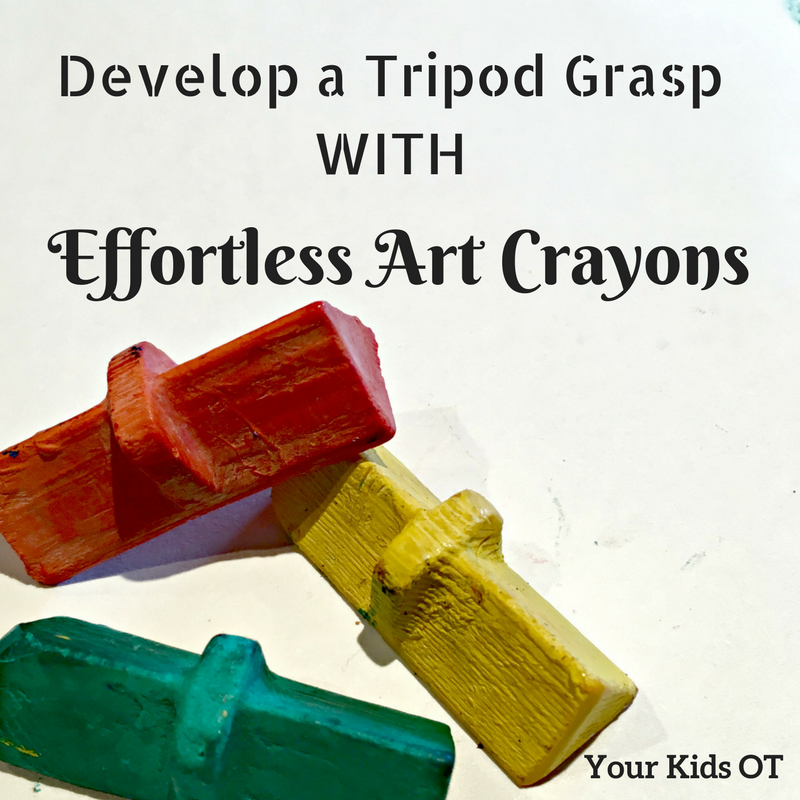
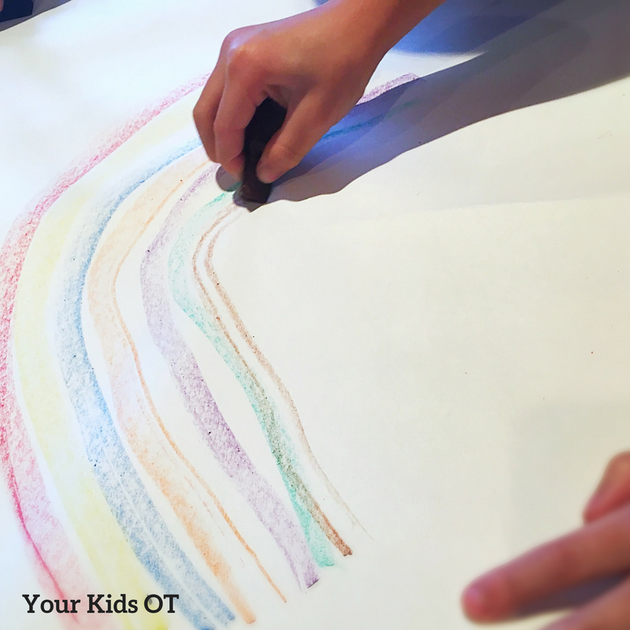

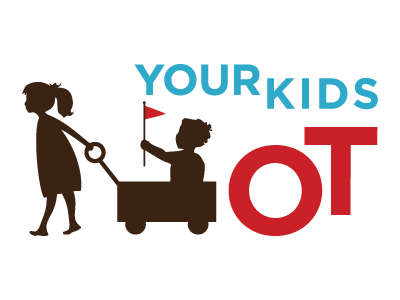
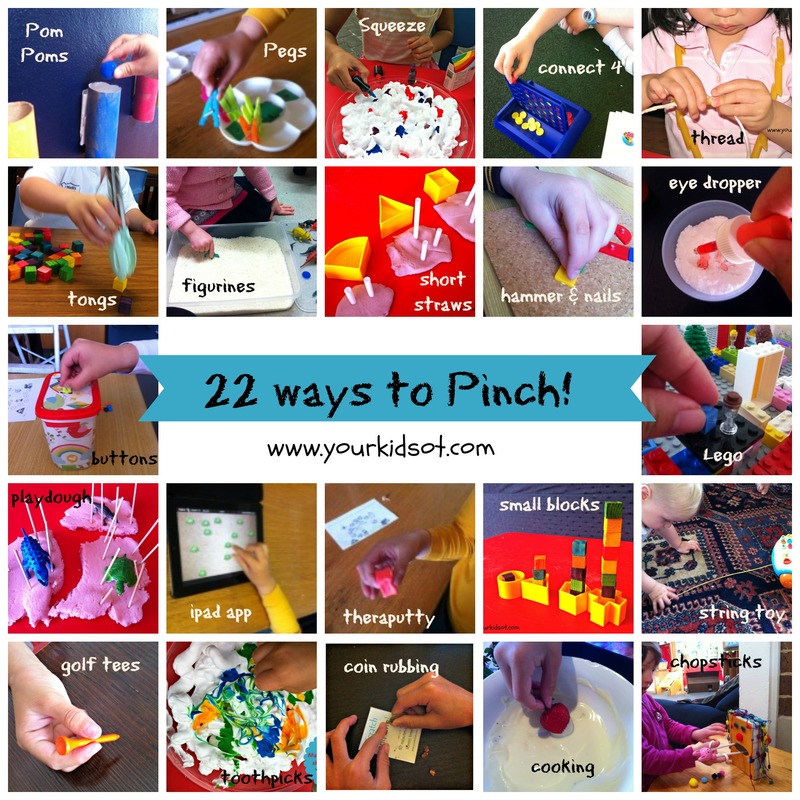
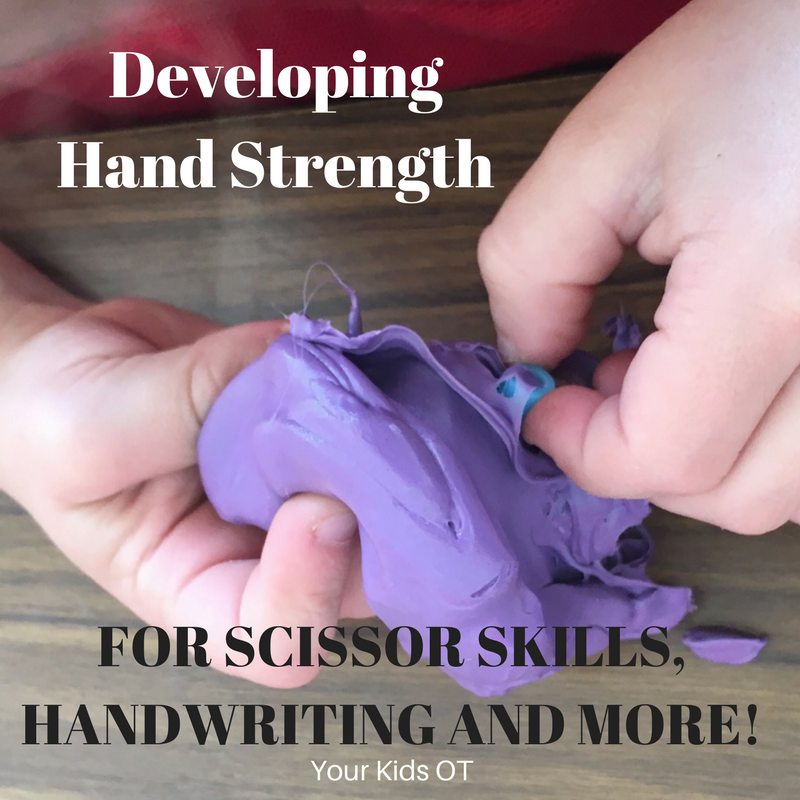
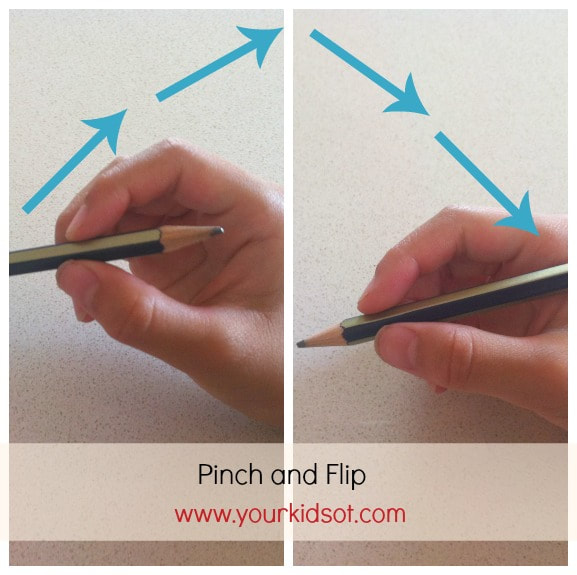
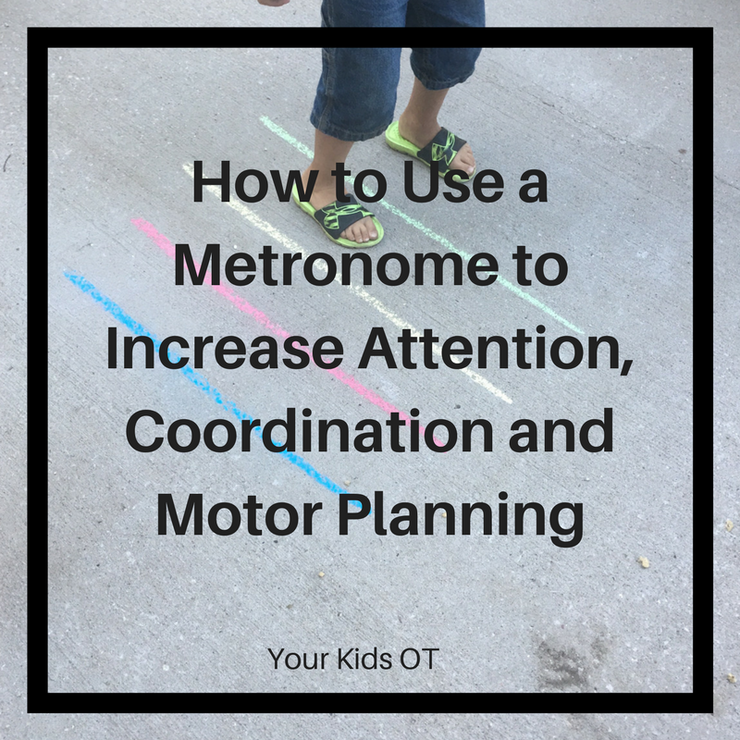
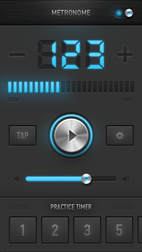
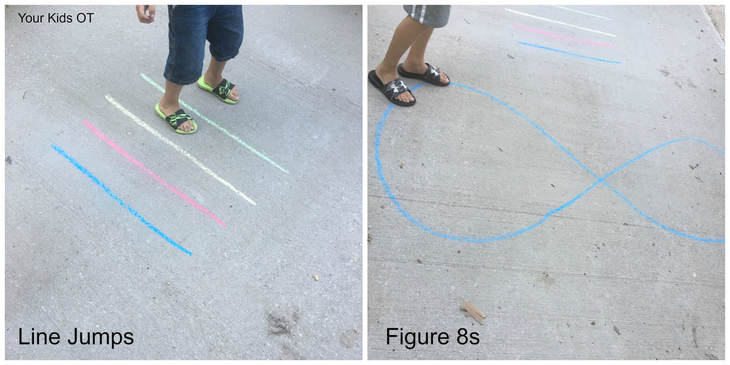
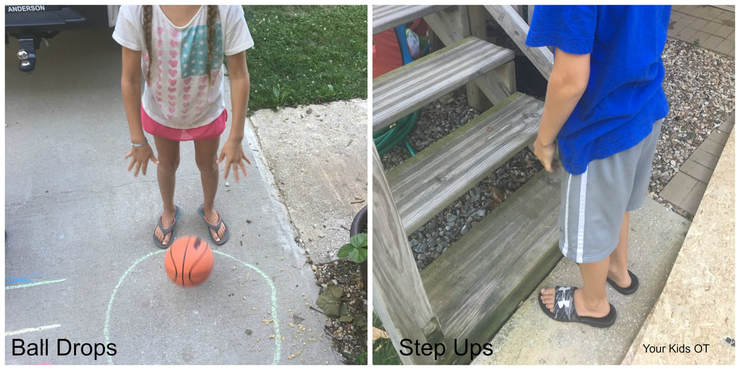
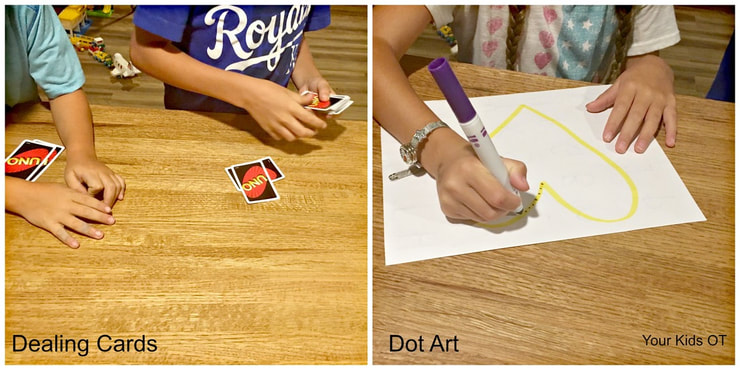
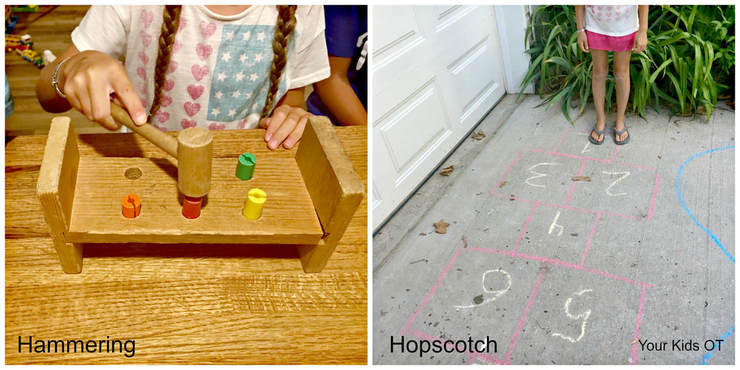

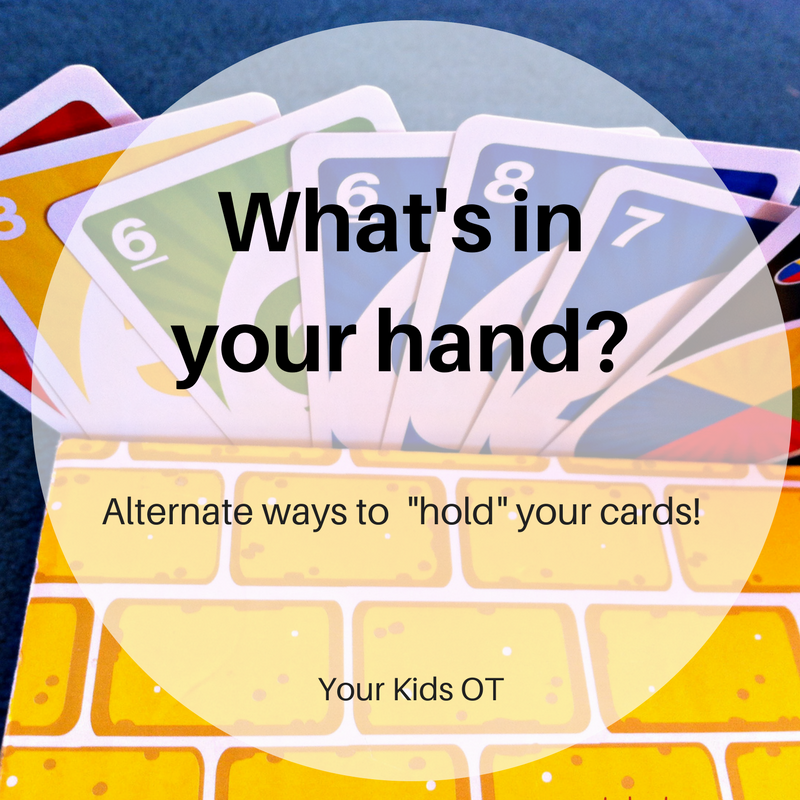
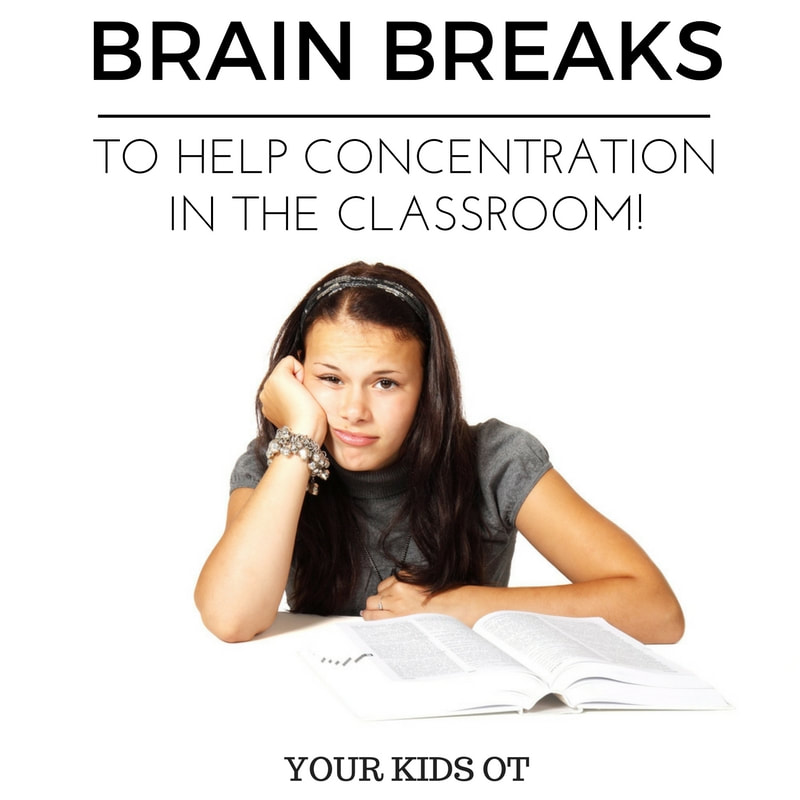
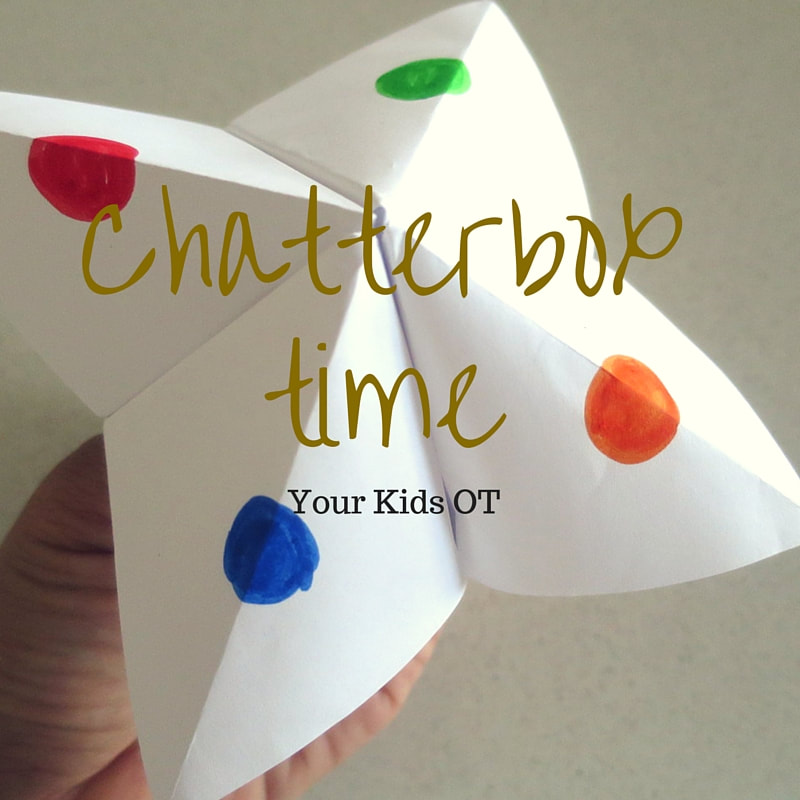
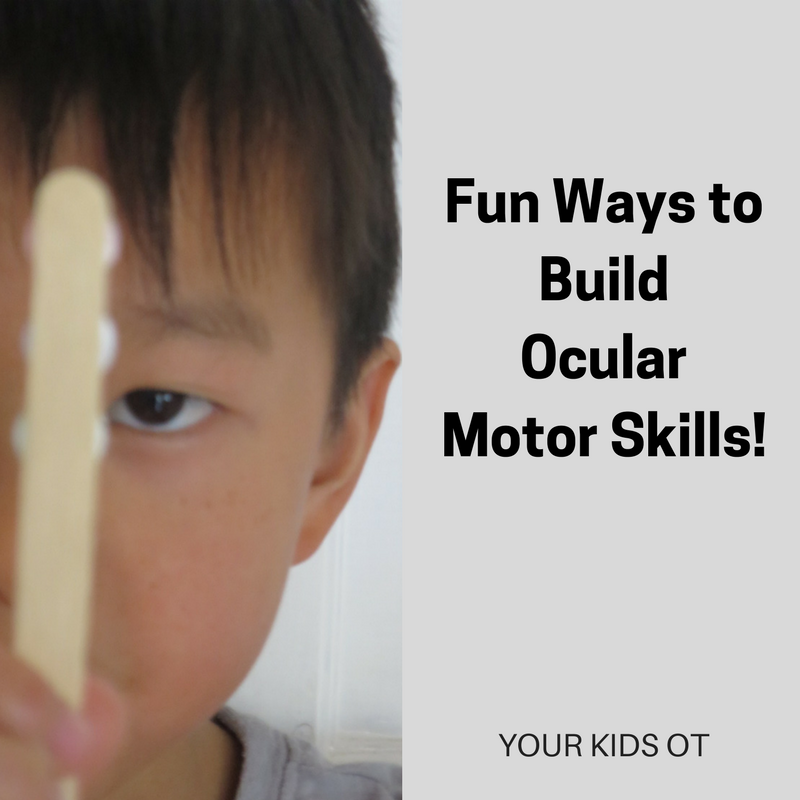
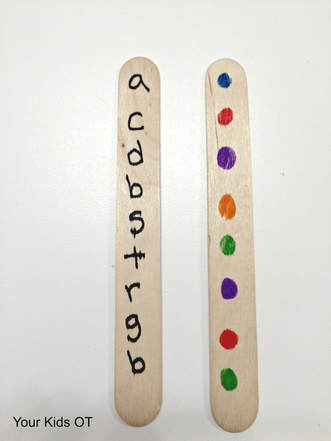
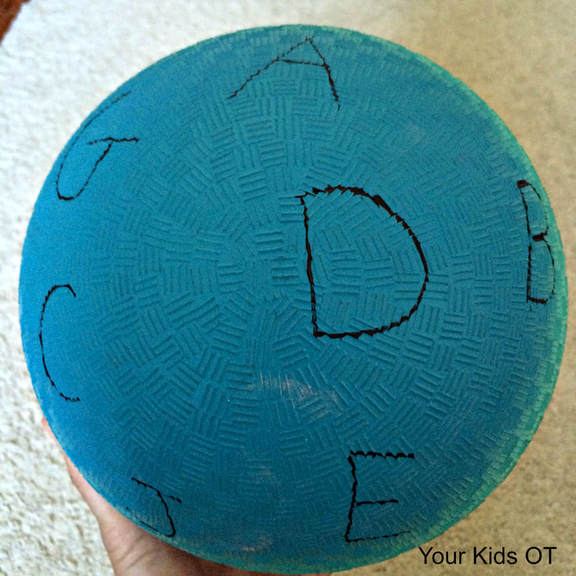
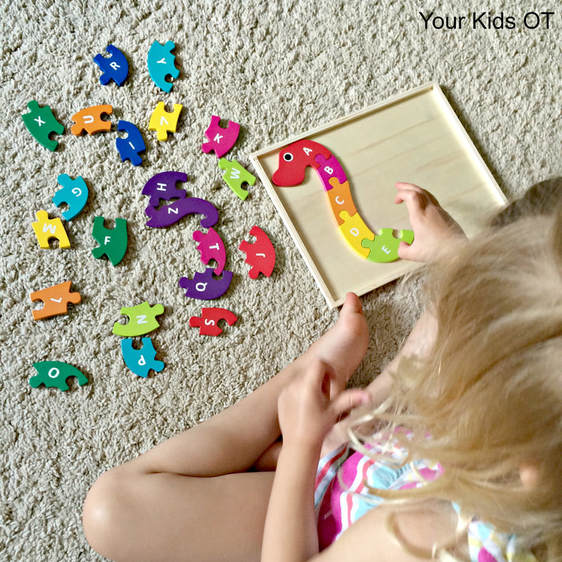
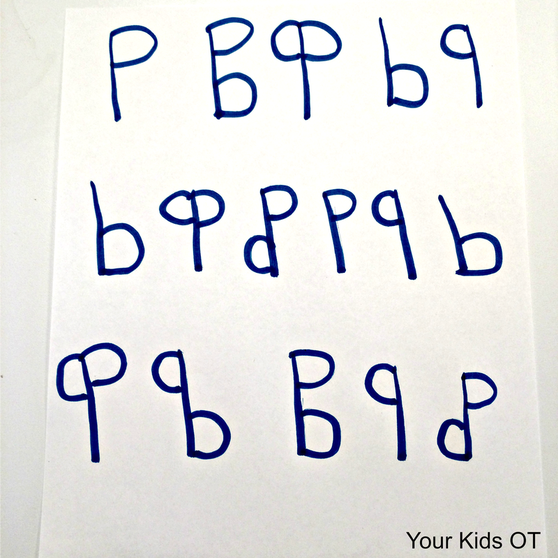

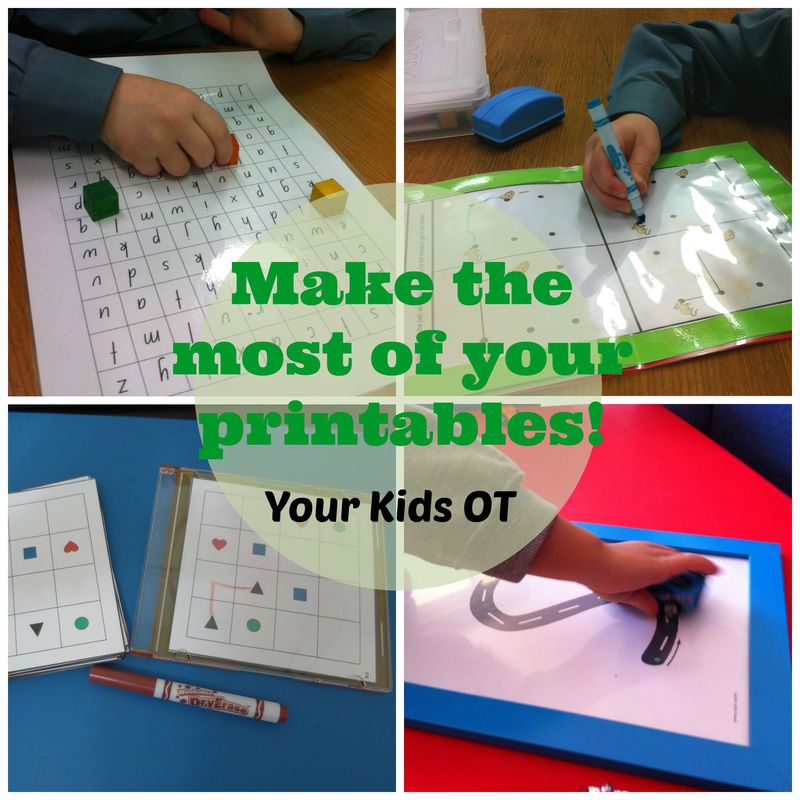
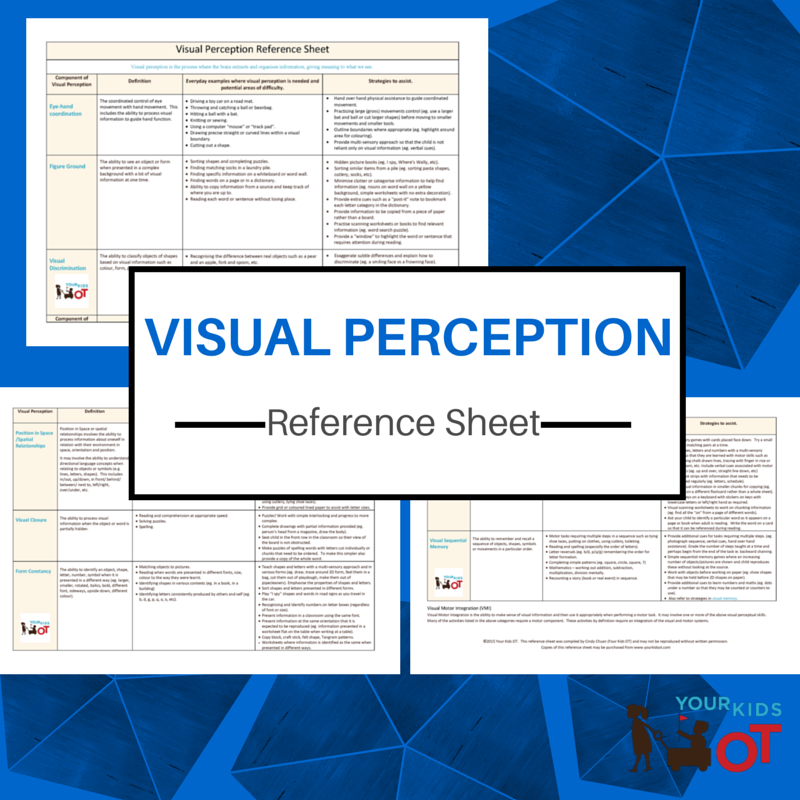

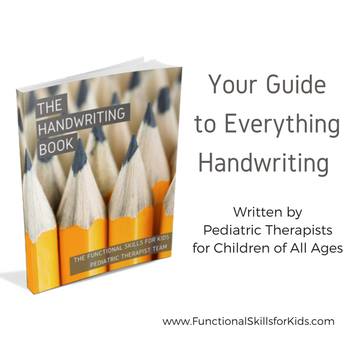
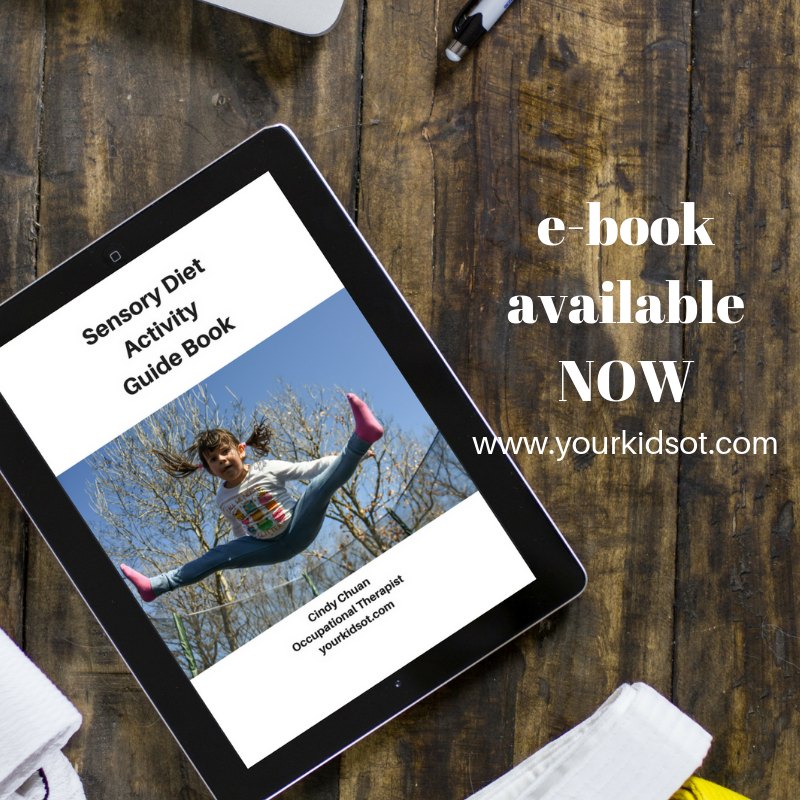
 RSS Feed
RSS Feed
